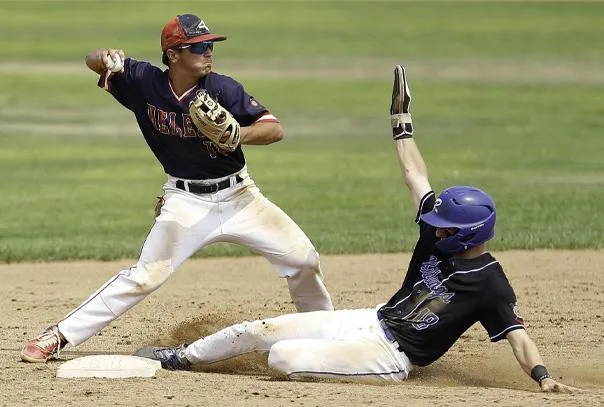
Training Differences Between Younger and Older Athletes: What You Must Know
While there are many considerations to take into account when programming for athletes, a key one is ensuring that you are not training younger and older athletes the exact same way.
While both groups benefit from sprinting, jumping, lifting, and aerobic work, how much and how often they do these movements must be approached differently.
Let’s start with younger athletes—think middle schoolers and underclassmen in high school. Most of these athletes don’t have extensive training backgrounds. Their nervous systems aren’t capable of producing the same high outputs as older athletes, which means they can handle more training volume without frying their central nervous system. They recover quickly and can benefit from more frequent exposure to athletic movements. In fact, this is the best time to build solid movement foundations, general strength, and sprint mechanics.
For example, a younger athlete might be able to handle four to five 30-yard sprints two times a week without any problem. These sprints help develop speed, power and efficient mechanics.
Now contrast this with a collegiate athlete. These individuals often have years of wear and tear, past injuries (think hamstrings, knees, or shoulders), and much higher in-game demands. They’re also producing far more output—meaning they can typically sprint faster, lift heavier, and jump higher. This increased output comes with greater recovery needs and higher injury risk if overdone.
A college-level infielder with a history of hamstring issues, for instance, may only tolerate one to two high-intensity sprints twice a week. If we exceed that, we’re likely to dig into recovery time or increase injury risk.
That’s why we always look for the minimum effective dose—the least amount of stimulus needed to create an adaptation. It’s not about how hard we can push; it’s about how smart we can train based on the athlete’s age, history, and current load.
To summarize:
✅ Younger athletes = more volume, more general movement exposure
✅ Older athletes = lower volume, targeted training, and strategic recovery
Each population has unique needs. The goal for both is the same—to help them perform at their best—but the methods to get there need to match their current phase of development.
⚾ Ready to Level Up Your Strength & Speed This Season?
Unlock our complete 10-week strength & speed program built specifically for high school baseball players who want to:
✅ Dominate on the basepaths
✅ Throw harder with more power
✅ Improve lower-body explosiveness
✅ Stay healthy and reduce injury risk all season long
👉 Join the Triple Threat: Sprint System Now
📘 Want to Throw Pain-Free Again?
✅ Text “Arm Pain” to 732-724-1381 to grab your FREE copy of The Arm Pain Blueprint — our step-by-step system for helping pitchers get stronger and back on the mound without pain.